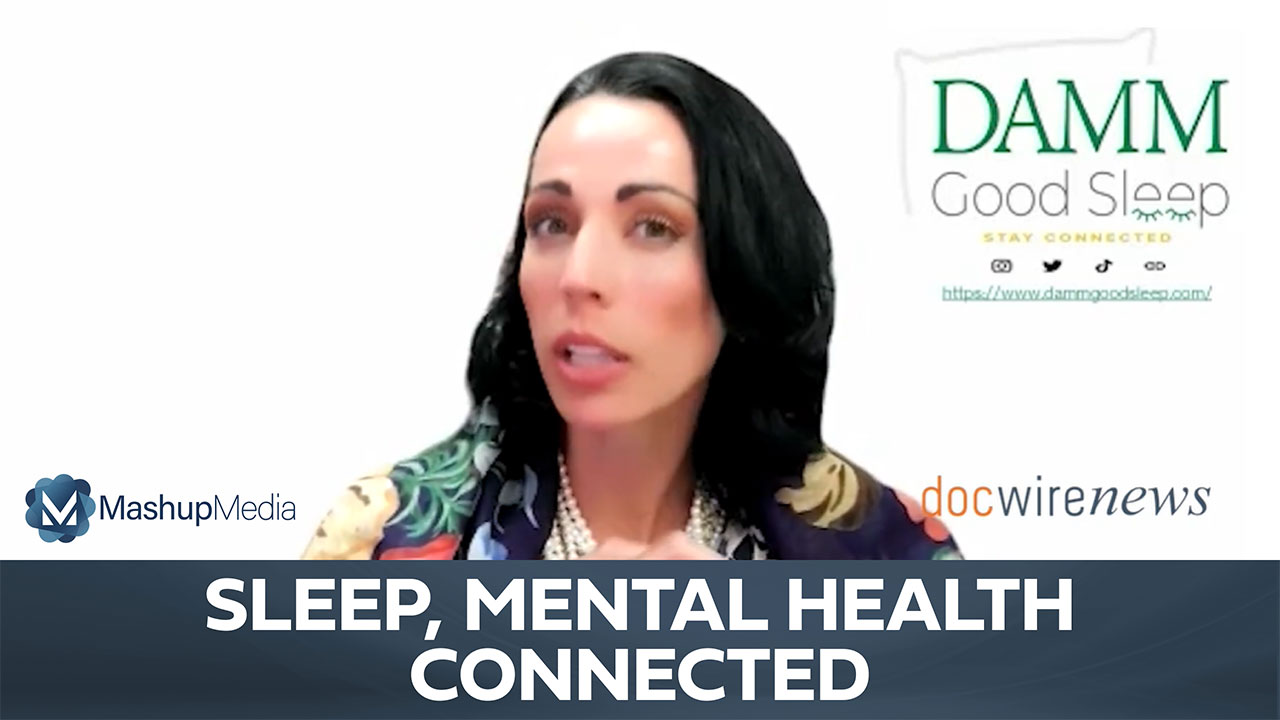
The widely popular Netflix Original “13 Reasons Why” increased suicide rates among youth in the US, ages 10-17, by almost 30% in the month following its initial release, according to a study published in the Journal of the American Academy of Child and Adolescent Psychiatry.
About 13 Reasons Why
Based on the 2007 novel by the same name, written by Jay Asher, 13 Reasons Why centers around a 17-year-old boy named Clay Jensen (played by Dylan Minnette) who receives 13 recorded cassette tapes from his recently deceased friend, Hannah Baker (Katherine Langford), a girl who committed suicide as a result of gossip, and sexual assault at her high school, and subsequently, a lack of support from her friends. Netflix launched the series on March 31, 2017 to mostly positive reviews from critics and audiences alike. However, through its first two seasons, the series has had its detractors, who pan the show by claiming that it romanticizes teen suicide.
In this this study, researchers used segmented quasi-Poisson regression and Holt-Winters forecasting models to analyze monthly suicide rates among individuals aged 10 to 64 years partitioned into three age brackets (10-17, 18-29, 30-64) between January 2013 and December 2017, before and subsequent to the show’s launch. Additionally, as a control outcome, the researchers evaluated the series’ impact on homicide deaths.
Concerning Rise in Suicide, Youth Susceptible
After adjusting for seasonal effects and underlying increasing trends in monthly suicides, the results indicated that the rate of suicide among the 10-17 age group rose perceptibly in the month immediately following the premier of 13 Reasons Why (incidence rate ratio [IRR]=1.29; CI, 1.09 to 1.53). Moreover, Holt-Winters forecasting displayed augmented suicide rates in not only the month following the release, but in two subsequent months, relative to corresponding forecasted rates. The researchers found these correlations were restricted to boys. The study indicated no discernible trends in elevated suicide rates among any other age group, and the show had no impact in the control analyses of homicide deaths.
This is… something. Release of “13 Reasons Why” associated with 28.9% increase in youth suicide rates. (Researchers do not make a causal link, of course) https://t.co/keGdllkL7m
— Robyn Urback (@RobynUrback) April 29, 2019
“Youth may be particularly susceptible to suicide contagion, which can be fostered by stories that sensationalize or promote simplistic explanations of suicidal behavior, glorify or romanticize the decedent, present suicide as a means of accomplishing a goal, or offer potential prescriptions of how-to die by suicide,” said Jeff Bridge, director of the Center for Suicide Prevention and Research at Nationwide Children’s and lead author of the study, in a CNBC press release.
“The results of this study should raise awareness that young people are particularly vulnerable to the media,” said study author Lisa Horowitz, Ph.D., M.P.H., a clinical scientist in the NIMH Intramural Research Program. “All disciplines, including the media, need to take good care to be constructive and thoughtful about topics that intersect with public health crises.”
A third season of 13 Reasons Why is currently under production and scheduled for released later this year.
https://twitter.com/Social_Media_b8/status/1122941162006904834
NIMH News Feed: Science News » Release of “13 Reasons Why” Associated with Increase in Youth Suicide Rates https://t.co/iq9galcr0b
— ScienceSeeker Feed (@SciSeekFeed) April 29, 2019
Source: Journal of the American Academy of Child & Adolescent Psychiatry, CNBC, EurekAlert







 © 2025 Mashup Media, LLC, a Formedics Property. All Rights Reserved.
© 2025 Mashup Media, LLC, a Formedics Property. All Rights Reserved.